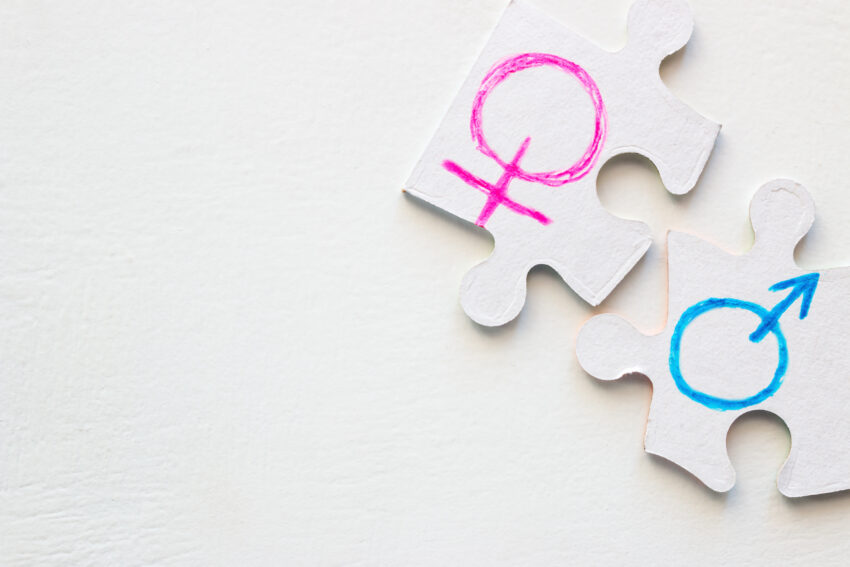Women have to contend with cultural expectations around their gender in leadership roles where men aren’t nearly as affected, according to new research about male and female business leaders.
YPO research conducted in partnership with the Financial Times and United Nations Women HeForShe initiative has revealed new findings on the different experiences of men and women in leadership.
Getting to leadership level
Survey respondents included business leaders from YPO, a global leadership community who lead businesses with revenues ranging from $10 million to over $1 billion across industries including manufacturing, health care, technology, and real estate.
While 51% of male respondents envisioned a career as a chief executive early on in their careers, only one-third of female respondents said the same, indicating that reaching a senior leadership role is less of a perceived reality for women, probably due to lack of role models.
For those who achieved chief executive level by age 45 to qualify for YPO membership, the journey for women takes, on average, two years longer than men (35.4 years compared to 33.6 years).
Gender differences as leaders
Once women become senior leaders, they have to contend with additional pressures such as gender-related expectations and preconceptions which could lead to reduced productivity and wellbeing.
Female chief executives are more likely to face “balancing respect with likability” (30%) and “overcoming other’s preconceptions about me” (20%). This is compared to only 9% of male chief executives who have had to overcome preconceptions.
Furthermore, when asked about “cultural expectations related to gender,” only 2% of male business leaders said they experienced this compared to 47% of female business leader respondents.
Career progression and wider gender diversity
An unsurprising statistic the study uncovered was that a majority of female leaders took time out of their careers to care for their family. 73% of female respondents compared to 42% of male respondents “took leave or sacrificed career advancement because of family needs.” Additionally, 60% of female chief executives took maternity leave compared to 13% of male chief executives who took paternity leave.
The survey also revealed that the gender of leadership has an impact on the gender diversity within a business: “Women-led businesses report more female diversity on their boards, in senior management, and in their organisations. Female chief executives reported that 43% of their senior management is female versus 26% at male-run businesses. At the organisation level, 48% of the workforce is female at women-led companies; 37% of the workforce is female at male-run companies.”
The respondents also provided recommendations for change, these were:
• Conduct bias training to curb gender bias in all levels of hiring, mentoring, advancement, and job assignments.
• Make recruiting women a priority.
• Support flexible work options. (84% of respondents said they offer flexible work options, and one-quarter noted it has made the most significant impact in creating a culture of gender inclusivity at their companies.)
To view the survey results in full, please click here.








